I Want to Open a Fish Farm, What Are the Guard Lines?
Dreaming of a fish farm but worried about the risks? Many beginners fail due to poor planning, losing their investment. Understanding the key guardrails can set you up for success from the start.
Starting a fish farm requires careful planning around water quality, species selection, disease management, and market access. Key guardrails include securing permits, creating a solid business plan, and mastering daily operations to ensure your venture is both sustainable and profitable from day one.
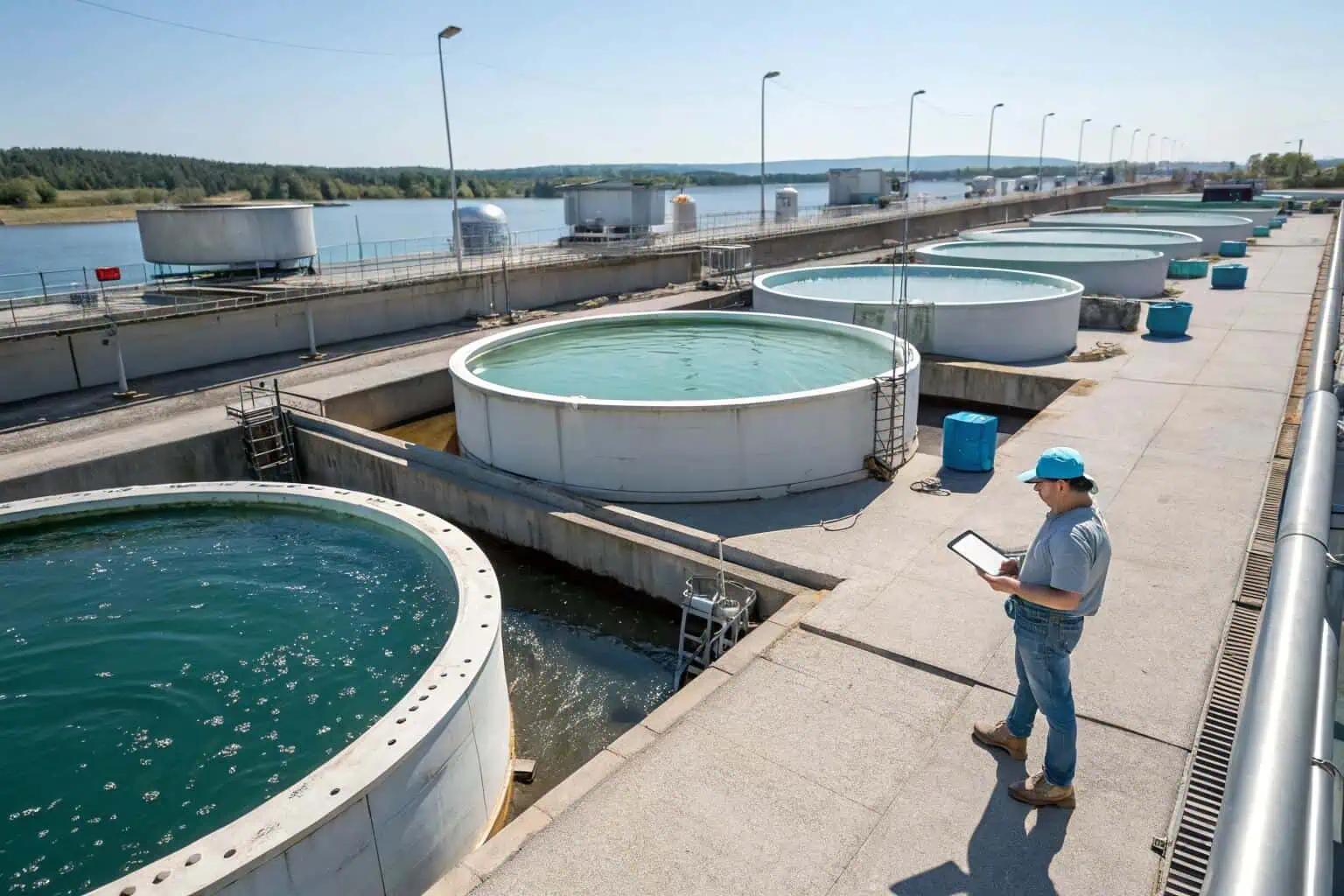
It sounds like a lot, but breaking it down makes it manageable. I've been there, and I learned that focusing on the fundamentals is the secret. It’s a journey that combines science with business sense. Let's dive into what you really need to get started and navigate the challenges ahead.
What is required to start a fish farm?
Eager to start your fish farm but unsure what you actually need? Missing a crucial component can halt your project before it even begins. Let's outline the essential requirements to get your farm up and running smoothly.
You need land with a reliable water source, the right equipment like tanks or ponds, and quality fish stock. Equally important are legal permits, a detailed business plan, and technical knowledge of aquaculture. These elements form the foundation of a successful operation.
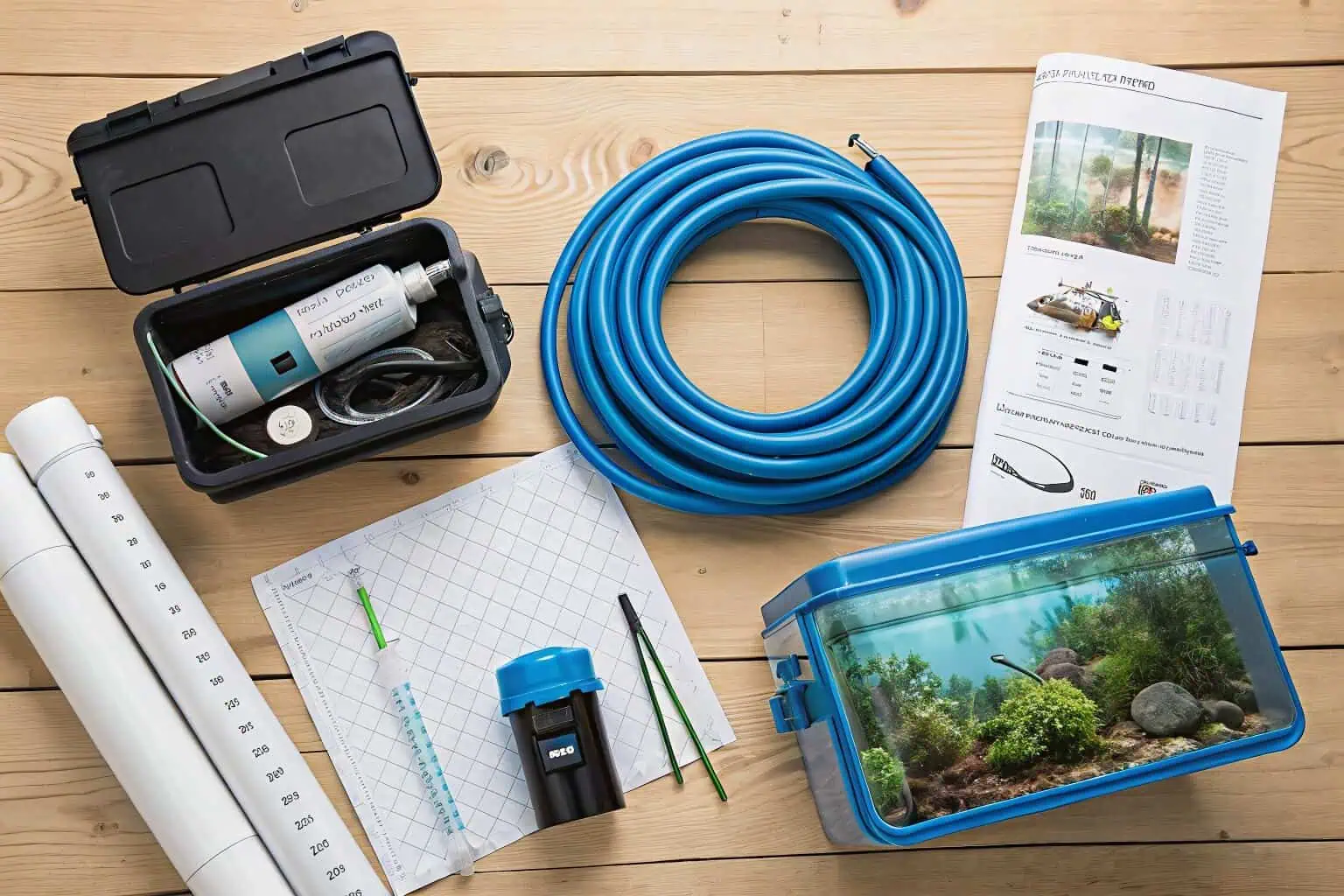
Getting started in fish farming felt like putting together a big puzzle. You can't just have one piece; you need them all to see the full picture. Based on my experience, the process becomes much clearer when you break it down into core areas. You have to think about the physical assets, the legal paperwork1, and your own knowledge base. Each part supports the others. For instance, your choice of equipment might depend on local regulations, and your business plan will be shaped by the resources you have available. It’s all connected, and getting it right from the start saves a lot of headaches later on.
The Foundation: Land and Water
Your farm's location is the first big decision. You need land, of course, but the water source is even more critical. I learned early on that not all water is created equal. You must test it for pH, oxygen levels, and potential contaminants. A clean, consistent water supply2 is the lifeblood of your farm. If the water is bad, your fish will be stressed and unhealthy, no matter what else you do. I recommend finding a spot away from industrial runoff or agricultural chemicals to be safe.
The Gear: Equipment and Infrastructure
Next, you need the right gear. This depends on what kind of fish you want to raise. You could dig traditional ponds, but that’s a lot of work and a permanent change to your land. I’ve found that using a flexible system is better for beginners. For example, our collapsible fish tanks3 are great because they are easy to set up and don't require massive excavation. You’ll also need aeration systems to keep the water oxygenated, nets for handling fish, and reliable feeding equipment. Starting with the right tools makes the daily work much easier.
The Business Side: Permits and Planning
This is the part that many people forget. You can’t just start a farm without permission. I had to spend weeks researching local zoning laws4, water use permits, and business licenses. Every area is different, so you have to do your homework. At the same time, you need a solid business plan. This plan should outline your startup costs, your monthly operational expenses like feed and electricity, and how you expect to make money. It forces you to think through the numbers and prove to yourself that the idea is viable.
| Category | Requirement | Notes |
|---|---|---|
| Resources | Land with Water Access | Test water quality and flow rate. |
| Equipment | Tanks/Ponds, Aeration, Nets | Choose based on species and scale. |
| Legal | Business License, Permits | Varies by location, research is crucial. |
| Financial | Startup Capital, Budget | Secure funding before you start. |
| Knowledge | Aquaculture Training5 | Continuous learning is key. |
What is the major problem in fish farming?
Worried about what could go wrong with your fish farm? A single overlooked issue can wipe out your entire stock and investment overnight. Knowing the biggest challenges helps you prepare and prevent disasters before they happen.
The most significant problems in fish farming are poor water quality management and disease outbreaks. These two issues are often linked and can lead to mass mortality, devastating a farm's profitability and sustainability. They are the silent killers you must always watch for.
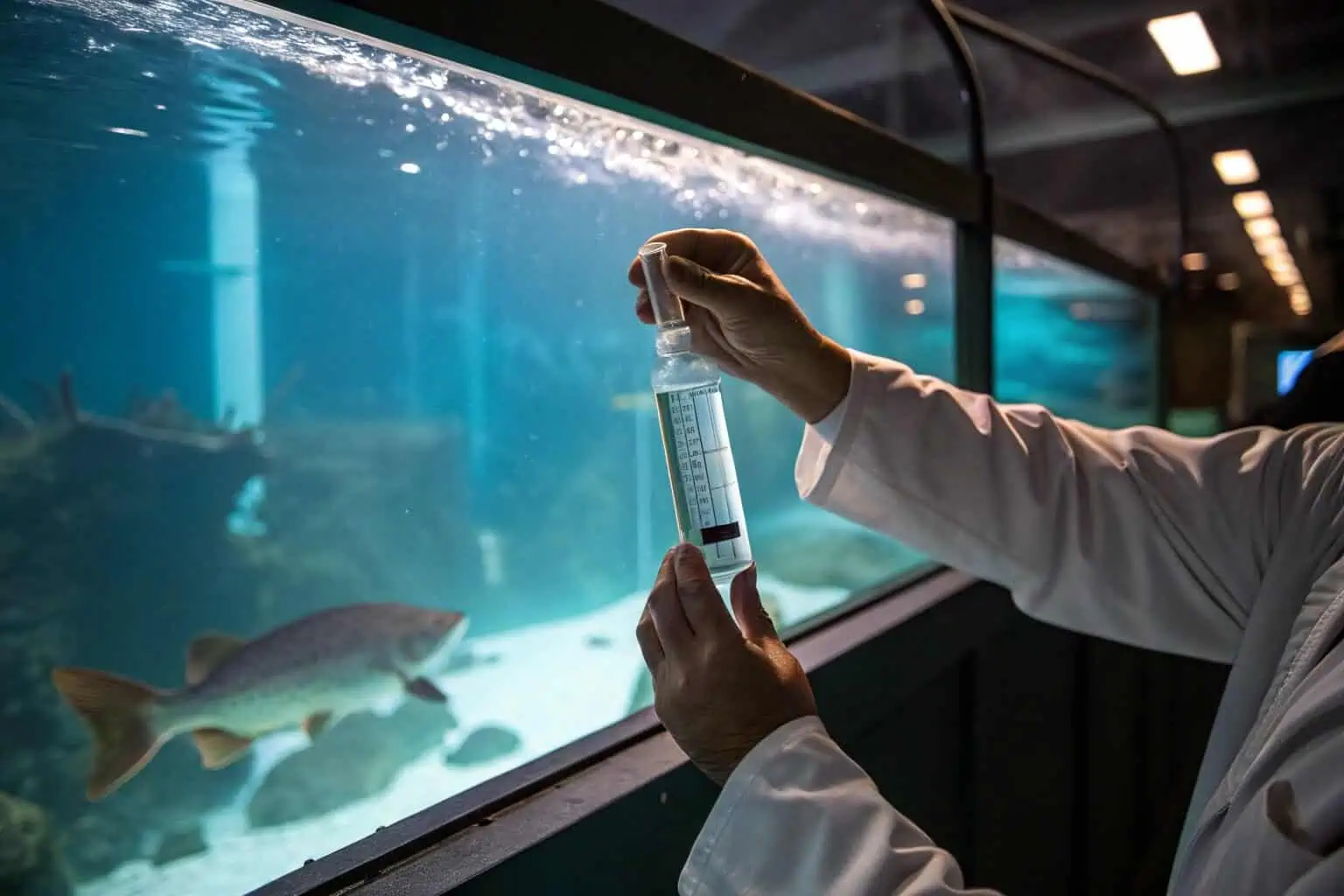
When I first started, I thought the hardest part would be selling the fish. I was wrong. The real battle is fought every day in the water. The health of your entire operation6 depends on keeping that environment stable. It’s a constant balancing act. You’re managing a living ecosystem, and if one thing goes wrong, it can create a domino effect that is difficult to stop. I’ve seen fellow farmers lose everything in a matter of days because they took their eyes off the basics. Understanding these core challenges is not about being negative; it's about being a realist and a good manager.
The Silent Killer: Water Quality
Fish live, eat, and produce waste in the same water. This waste, along with any uneaten feed, breaks down into ammonia and nitrites, which are toxic to fish. At the same time, the fish consume oxygen. If you don't manage this, the water quickly becomes a hostile environment. The fish get stressed, stop eating, and become weak. This is why I am so strict about regular water testing and having a good aeration system7. You can't see the danger with your eyes, so you have to rely on test kits and disciplined management. It’s a non-negotiable part of the job.
The Domino Effect: Disease Management
When fish are stressed from poor water quality, they become easy targets for diseases. An outbreak can spread like wildfire through a tank or pond. The best defense is a good offense. This means practicing good biosecurity—like quarantining any new fish8 before introducing them to your main stock—and keeping the fish population at a density that doesn't cause stress. I learned the hard way that trying to treat a widespread disease is much more expensive and difficult than preventing it in the first place. A clean farm is a healthy farm.
The Market Maze: Economic Challenges
Beyond the biological challenges, there are economic ones. The cost of fish feed is your biggest operational expense, and its price can go up and down. The market price for your fish9 can also be volatile. One month, demand is high, and the next, it might drop. A smart business plan has to account for this. I’ve learned to build relationships with my buyers to create more stable demand and to always have a financial cushion to ride out the tough periods. Relying on a single market or buyer is a risky strategy.
| Challenge Type | Specific Challenge Description | Mitigation Strategies / Learned Experience |
|---|---|---|
| Economic Challenge | Cost of fish feed is the biggest operational expense, and its price can fluctuate. | A smart business plan has to account for this. |
| Economic Challenge | Market price for your fish can be volatile; demand can drop. | A smart business plan has to account for this. Learned to build relationships with buyers to create more stable demand. |
| Financial Risk | Need a financial cushion10 to ride out tough periods. | Always have a financial cushion to ride out the tough periods. |
| Market Risk | Relying on a single market or buyer is a risky strategy. | Do not rely on a single market or buyer. |
How do I start a local fish farm?
Want to turn that empty plot of land into a productive local fish farm? Starting small doesn't mean cutting corners; a wrong first step can be costly. Here’s a practical roadmap to launch your local fish farming venture successfully.
Start by researching your local market to identify demand. Then, create a small-scale, manageable setup using resources like a backyard or a small stream. Using flexible equipment like our collapsible fish tanks can make getting started easier and more affordable.
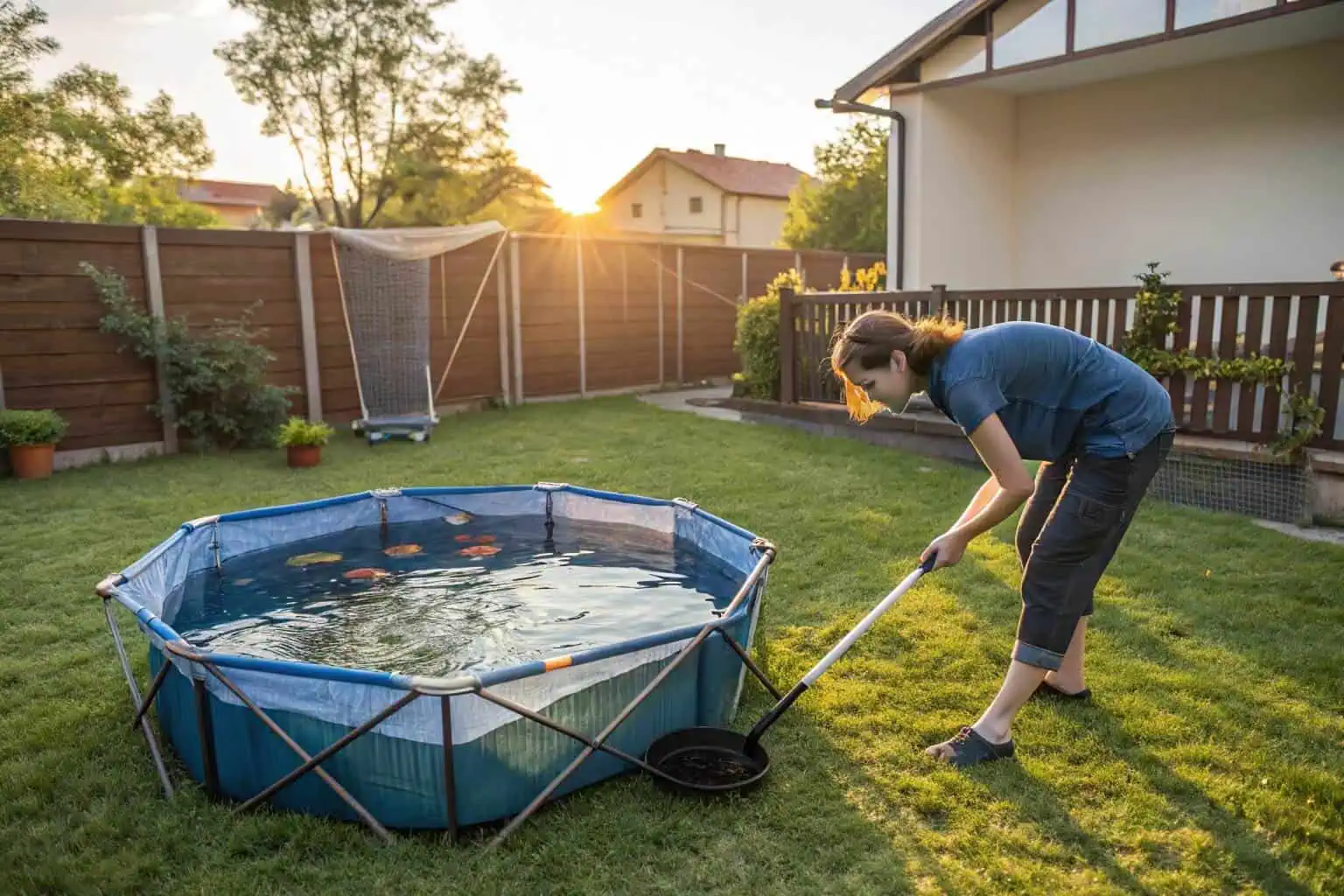
There's something special about producing food for your own community. Starting a local fish farm feels more personal and connected. You're not just a faceless supplier; you're the person who provides fresh, healthy fish to your neighbors. But to get there, you have to be strategic. The beauty of starting local is that you can scale up as you learn and grow. You don’t need a massive investment to begin. You just need a good plan and the right mindset11. It’s about leveraging your local advantages and building from the ground up.
Step 1: Know Your Market
Before you even buy a single fish, you need to know who you're going to sell them to. I walked into local restaurants and visited farmers' markets12 to ask what they were looking for. Do they want whole fish or fillets? Are they interested in a specific species? This market research is invaluable. It tells you what to grow and helps you estimate your potential income. Starting a farm without knowing your customers is like flying blind. You might end up with a product that nobody in your area wants to buy.
Step 2: Start Small and Smart
You don't need a giant operation to be successful. In fact, starting small13 is smarter because it minimizes your risk while you learn. I began with a couple of our collapsible fish tanks in a spare bit of yard. They were perfect because I didn't have to do any major construction, and I could get a feel for the daily workload. This approach lets you make mistakes on a small scale, where they won't bankrupt you. Once you're confident in your process, you can easily add more tanks and scale up your production.
Step 3: Build Your Local Brand
As a local producer, your story is your biggest asset. You can offer a level of freshness and quality that large commercial farms can't match. I make it a point to tell my customers how I raise my fish and what I do to ensure they are healthy. Building these direct relationships creates loyalty. Word-of-mouth becomes your best marketing tool. People love supporting local businesses, especially when they know the person behind the product. Focus on building a reputation for quality14 and trust within your community.
| Step | Action | Why It's Important |
|---|---|---|
| 1. Research | Talk to potential local buyers. | Ensures you have a market before you invest. |
| 2. Plan | Create a simple business plan. | Guides your decisions on budget and species. |
| 3. Build | Set up a manageable system15. | Minimizes initial risk and cost. |
| 4. Grow | Start with a small batch of fish. | Allows you to learn without risking everything. |
| 5. Sell | Connect directly with customers. | Builds a loyal customer base. |
What is the most profitable fish to farm?
Want to ensure your fish farm is not just a hobby, but a profitable business? Choosing the wrong fish can lead to slow growth, low market demand, and wasted effort. Let's explore which fish species offer the best return on your investment.
The most profitable fish to farm often depends on your location and market. However, species like Tilapia, Catfish, and Carp are globally popular choices because they are hardy, grow fast, and have consistent market demand, making them reliable for both beginners and experts.
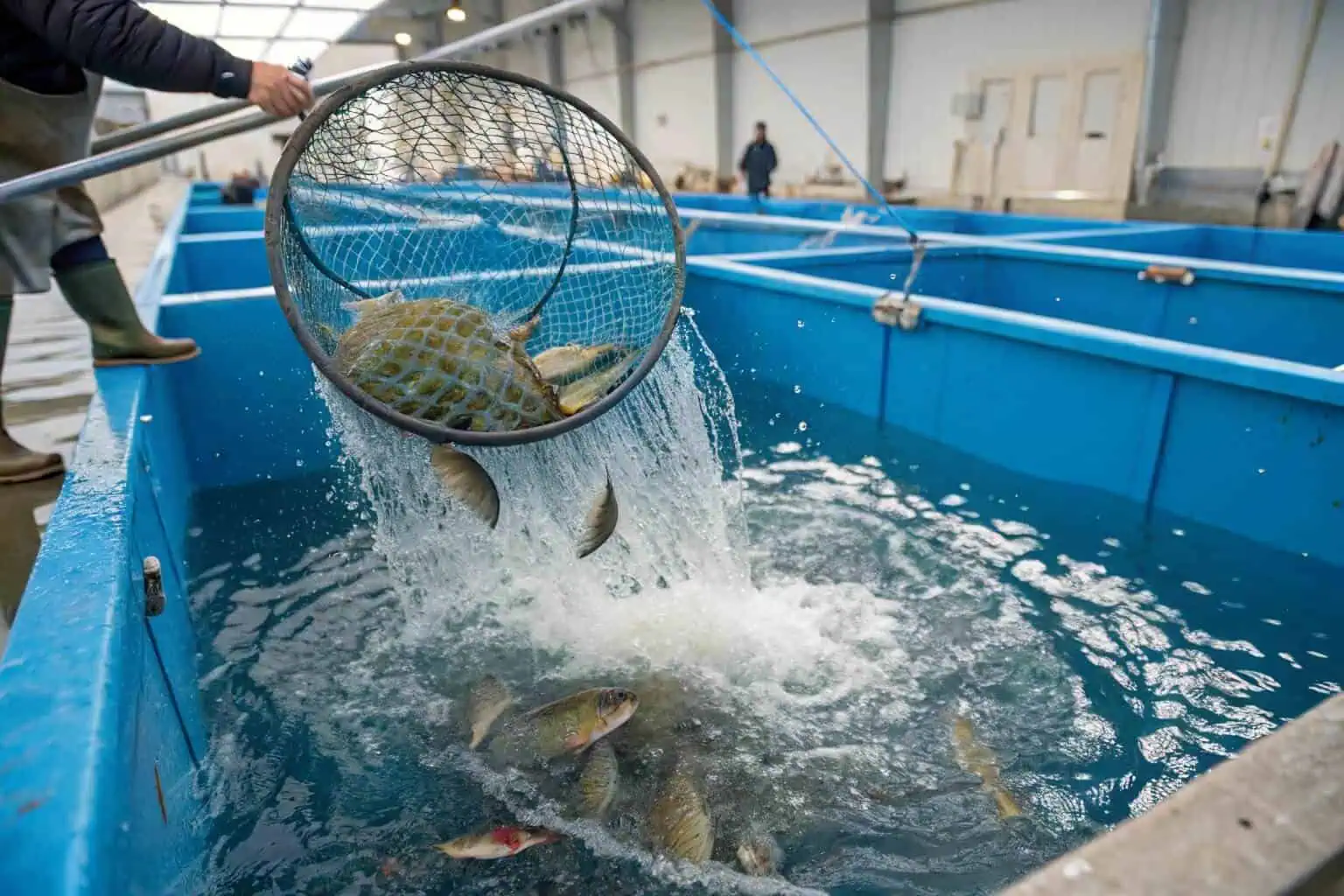
Choosing your fish species is one of the most exciting parts of planning your farm. But it's a business decision, not just a personal preference. I had to balance what I wanted to grow with what would actually sell and what my farm could support. Profitability is a formula that includes growth rate, feed conversion ratio16, market price, and hardiness. A fish that grows fast but is difficult to keep alive might not be as profitable as a slower-growing but tougher species. You have to look at the whole picture to make the right choice for your specific situation.
The Crowd-Pleaser: Tilapia
There's a reason so many farms raise Tilapia. They are one of the easiest and most profitable fish to farm. They grow incredibly fast and can be ready for market in as little as six to eight months. What I love about them is their tolerance for a wide range of water conditions, which makes them very forgiving for beginners. You can also raise them in high densities17, which means you can produce more fish in a smaller space. They do need warm water, so they are ideal for warmer climates or for indoor systems where you can control the temperature.
The Hardy Choice: Catfish
Catfish18 are another excellent choice, especially if you're looking for a fish that is incredibly resilient. They can tolerate lower oxygen levels and less-than-perfect water quality better than many other species. This hardiness reduces the risk of losing your stock. They are also very efficient at converting feed into body weight, which helps keep your costs down. The market for catfish is very strong in many parts of the world, making them a reliable and profitable option. They are a solid, dependable species for any new farmer.
Beyond the Basics: Niche Markets
While Tilapia and Catfish are safe bets, there can be high profits in niche markets if you have the right conditions. For example, Trout farming can be very lucrative, but it requires a constant supply of cold, clean water, which not everyone has. Another path is farming ornamental fish like Koi. This is a completely different business model focused on hobbyists rather than food production, but the price per fish can be extremely high. The key is to research your local market and assess your farm's unique resources. Don't be afraid to grow something different if you see a clear demand for it.
| Fish Type / Market | Description | Conditions/Considerations | Potential / Strategy |
|---|---|---|---|
| Tilapia and Catfish | Safe bets for farming. | (Implied: Generally adaptable and widely consumed) | (Implied: Lower risk, stable market) |
| Niche Markets19 | Can offer high profits if conditions are right. | Requires the right conditions for the specific species. | High profit potential. Research local market and assess farm's unique resources. Don't be afraid to grow something different. |
| Trout20 | Example of a lucrative niche market fish. | Requires a constant supply of cold, clean water. | Can be very lucrative if conditions are met. |
| Ornamental Fish | Example of a niche market fish (e.g., Koi). Different business model focused on hobbyists, not food production. | Focuses on hobbyists rather than food production. | Price per fish can be extremely high. |
Conclusion
Starting a fish farm is a journey of learning and adapting. With the right planning, focusing on fundamentals, and starting smart, you can build a rewarding and profitable business.
-
Understanding the necessary legal requirements is crucial for compliance and smooth operation; this link will guide you through the process. ↩
-
A reliable water supply is vital for farm success. Discover why it matters and how to ensure it. ↩
-
Explore the advantages of collapsible fish tanks, which offer flexibility and ease of setup for beginners in fish farming. ↩
-
Understanding local zoning laws is crucial for compliance and successful farming. Explore this link to ensure you're informed and prepared. ↩
-
This link will guide you to top training programs that can elevate your aquaculture knowledge and skills. ↩
-
This resource will help you understand the critical factors that influence the health of your aquaculture operation, ensuring sustainability. ↩
-
A good aeration system is vital for fish health. Discover how proper aeration can enhance oxygen levels and overall water quality. ↩
-
Quarantining new fish is vital to protect your existing stock from diseases. Discover the importance of this practice. ↩
-
Exploring market price fluctuations can provide insights into demand trends and help you strategize pricing effectively. ↩
-
Learn why a financial cushion is crucial for business sustainability, especially during tough economic times. ↩
-
Discover how strategic planning and a positive mindset can lead to success in any business, including fish farming. ↩
-
Learning about farmers' markets can help you find direct selling opportunities and understand consumer preferences. ↩
-
Discover insights on why starting small can lead to sustainable growth and minimize risks in your entrepreneurial journey. ↩
-
This resource will offer effective strategies to establish and maintain a strong reputation for quality in your community. ↩
-
A well-structured system is crucial for efficiency and growth. Discover strategies to streamline your operations effectively. ↩
-
Learning about feed conversion ratios can optimize your fish farming practices and increase profitability. ↩
-
Discover the benefits of high-density fish farming, including space efficiency and production rates, to maximize your aquaculture efforts. ↩
-
Explore the advantages of catfish farming, including resilience and profitability, to make informed decisions for your aquaculture venture. ↩
-
Exploring niche markets can lead to high profits; understanding strategies can help you succeed in this area. ↩
-
Trout farming can be lucrative; learning best practices ensures you maximize your investment and yield. ↩